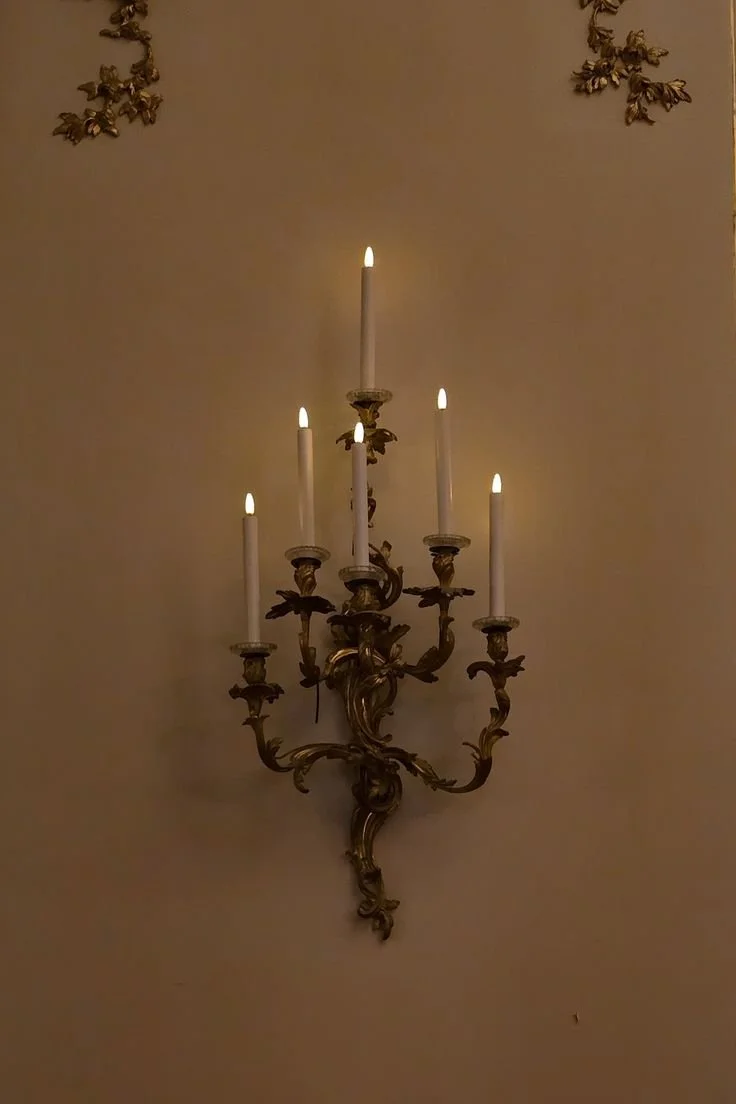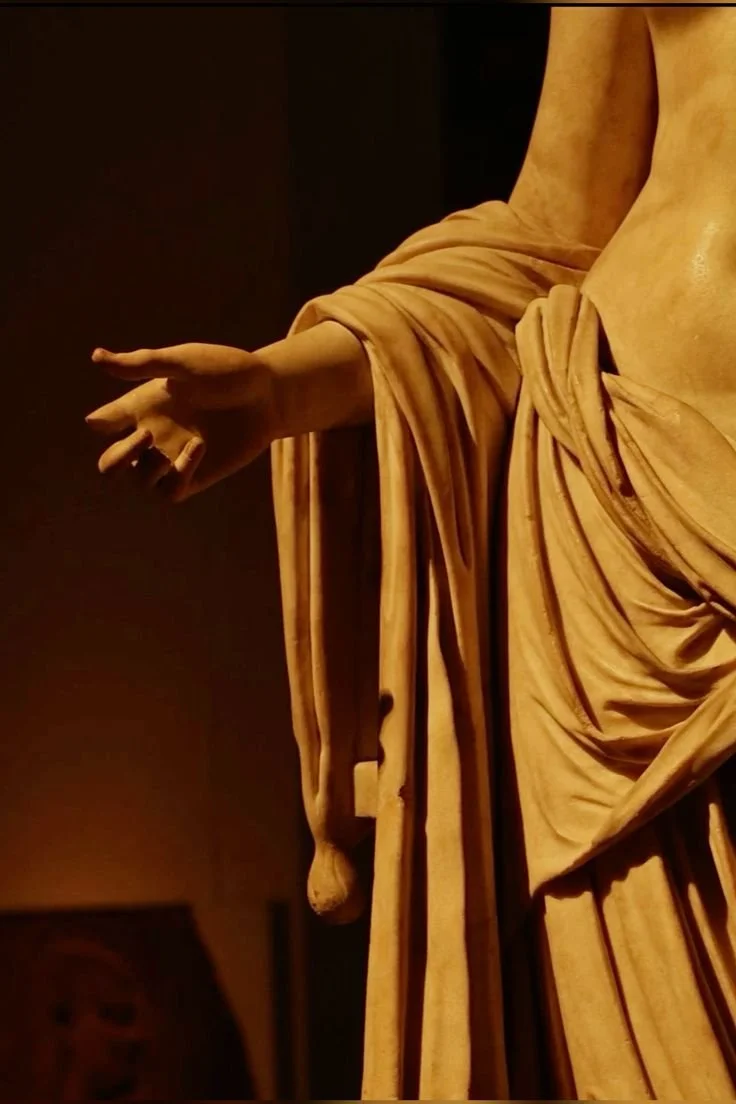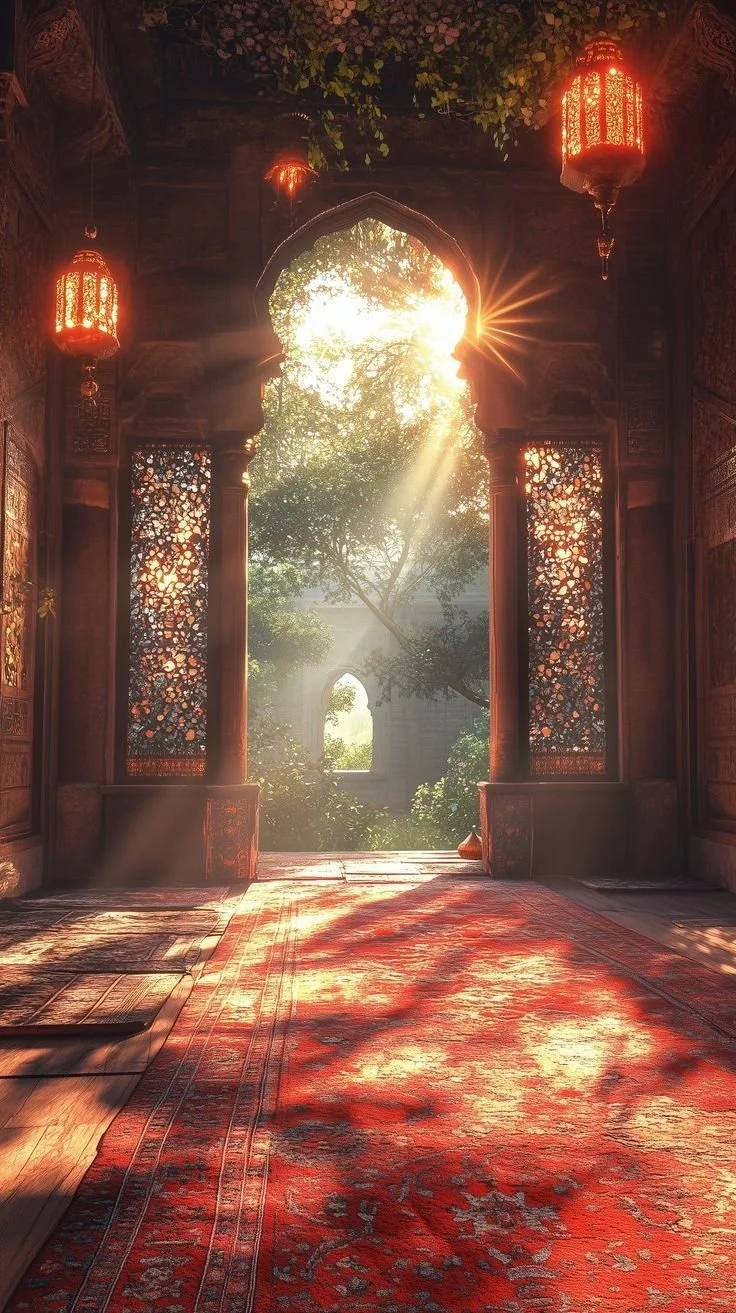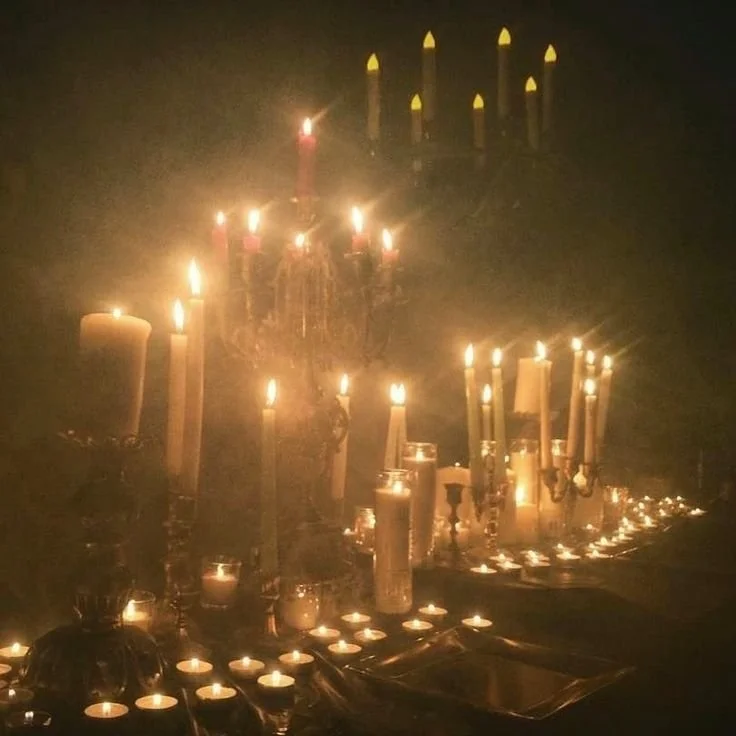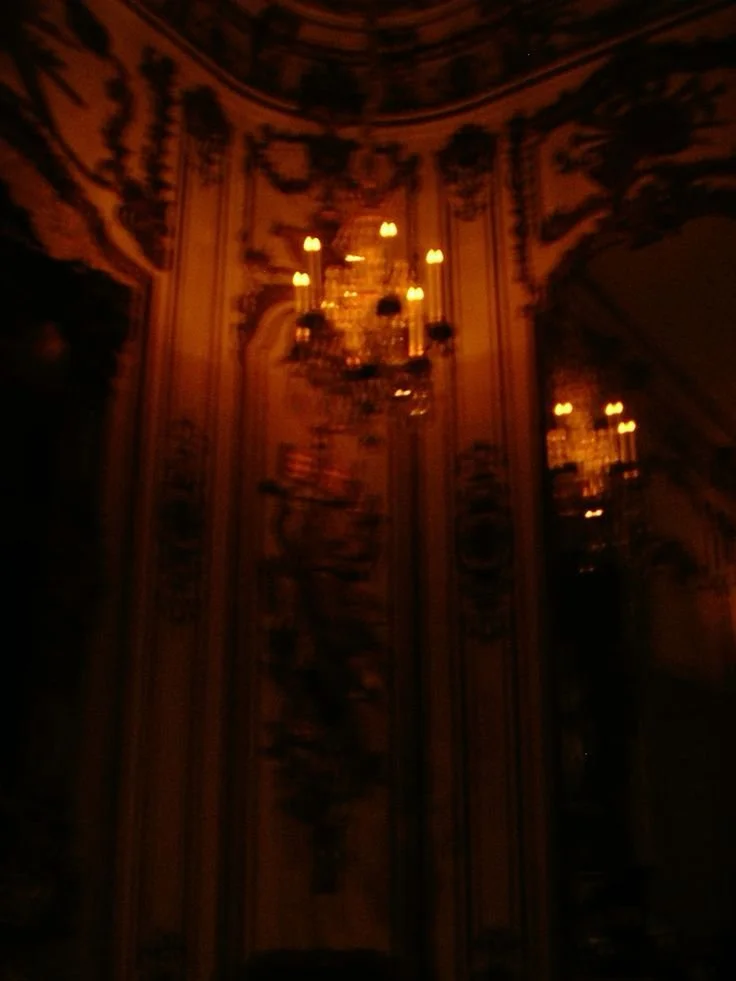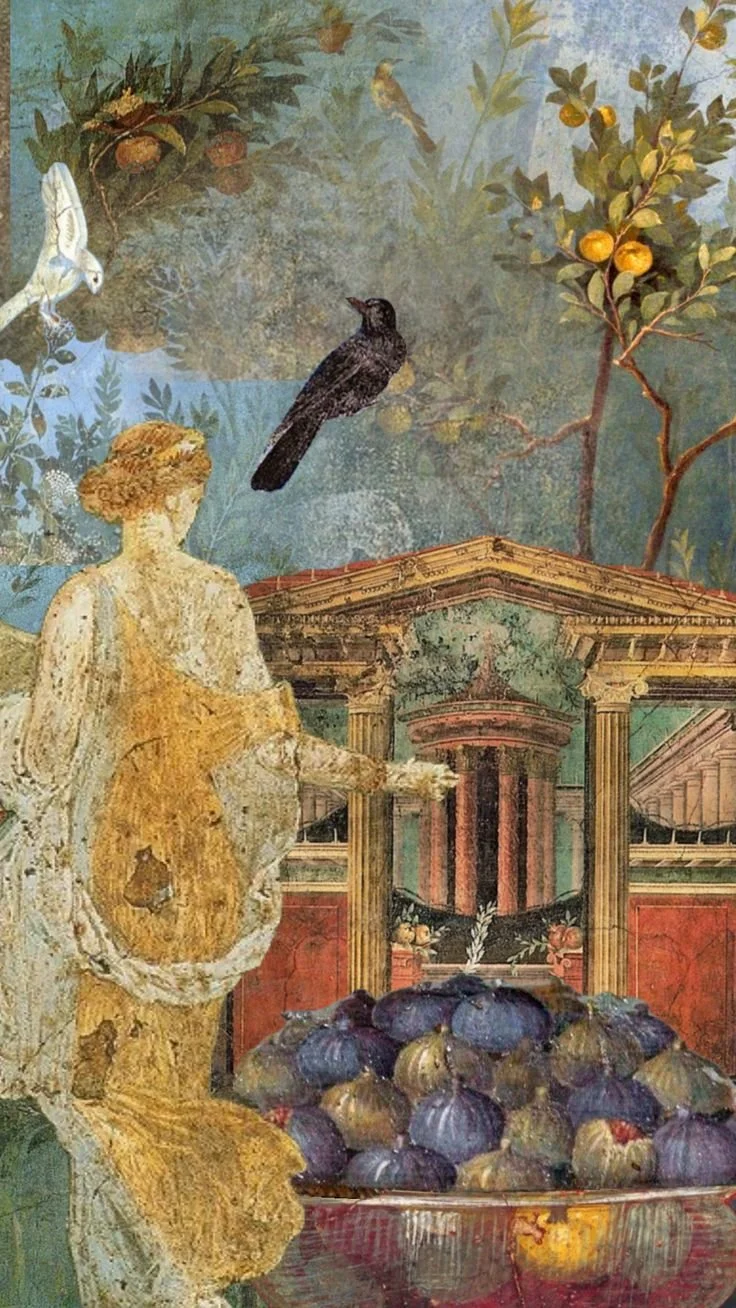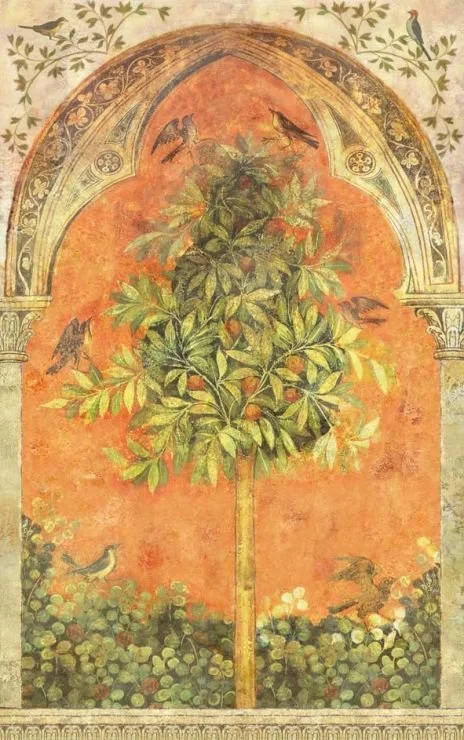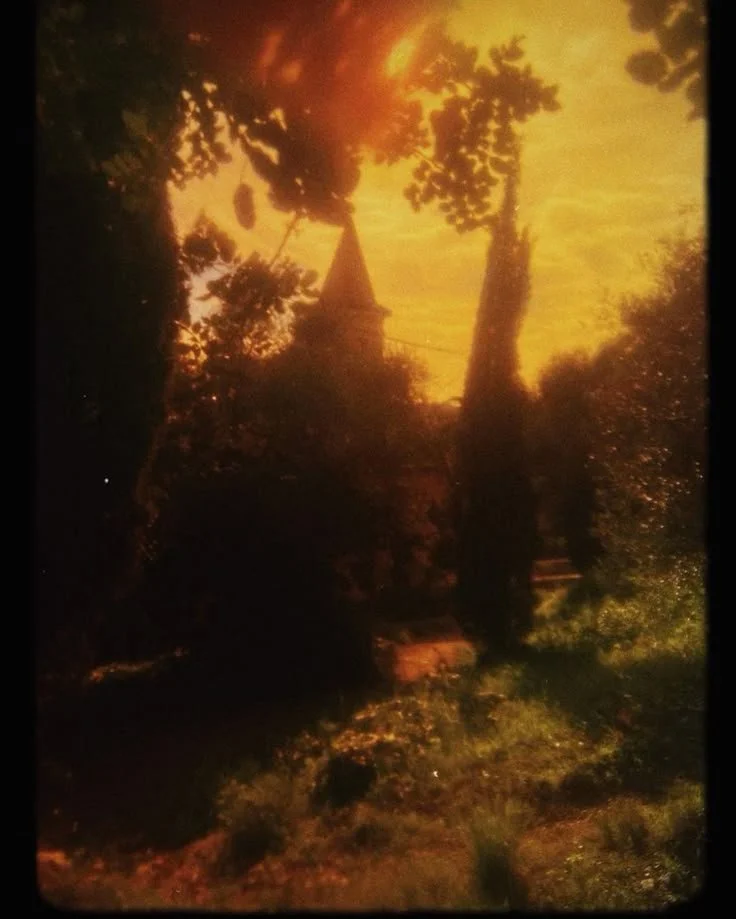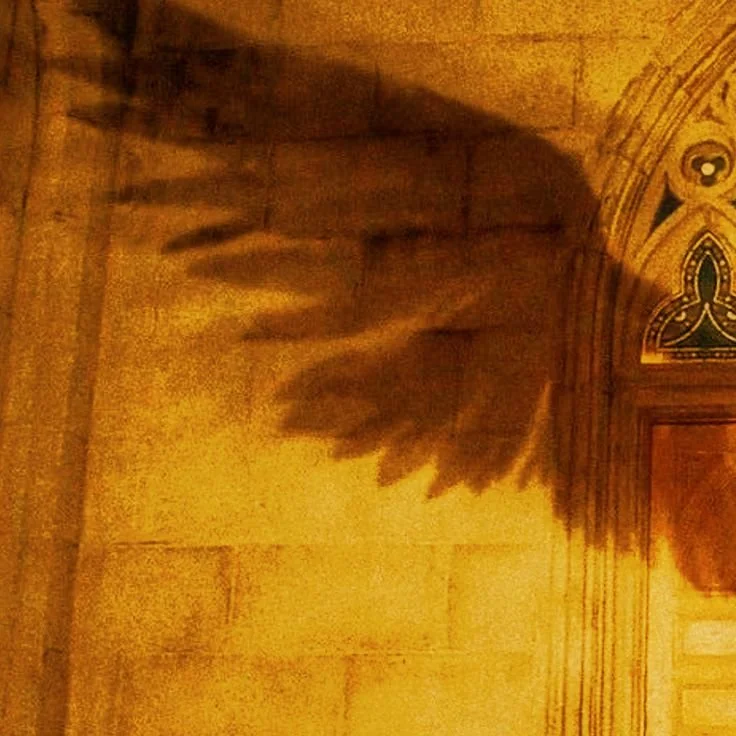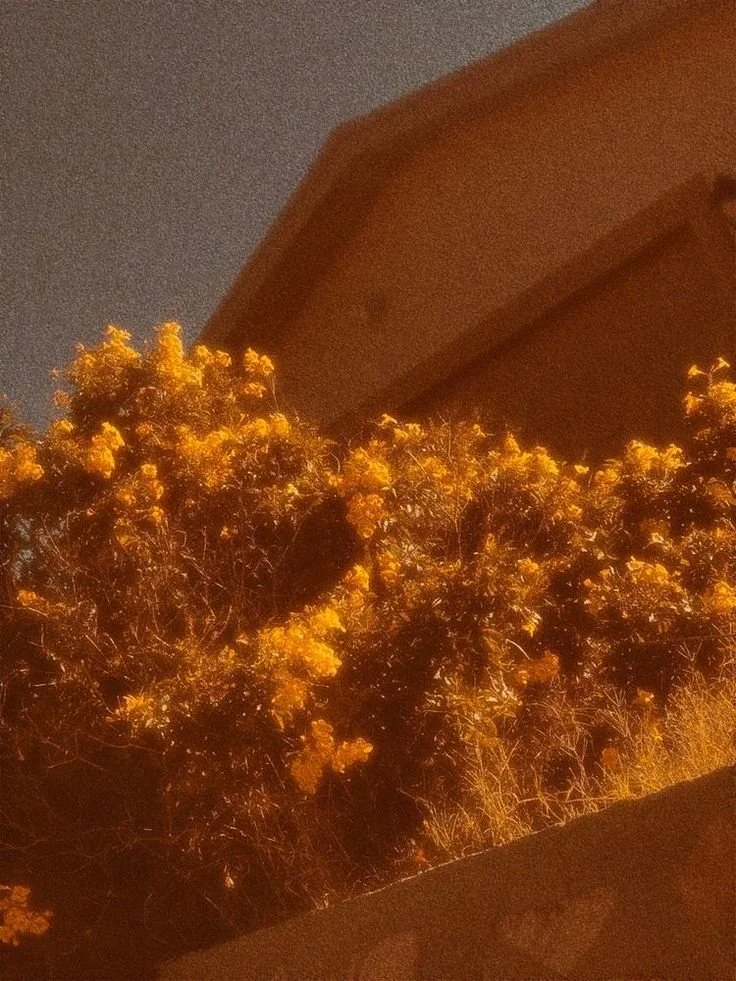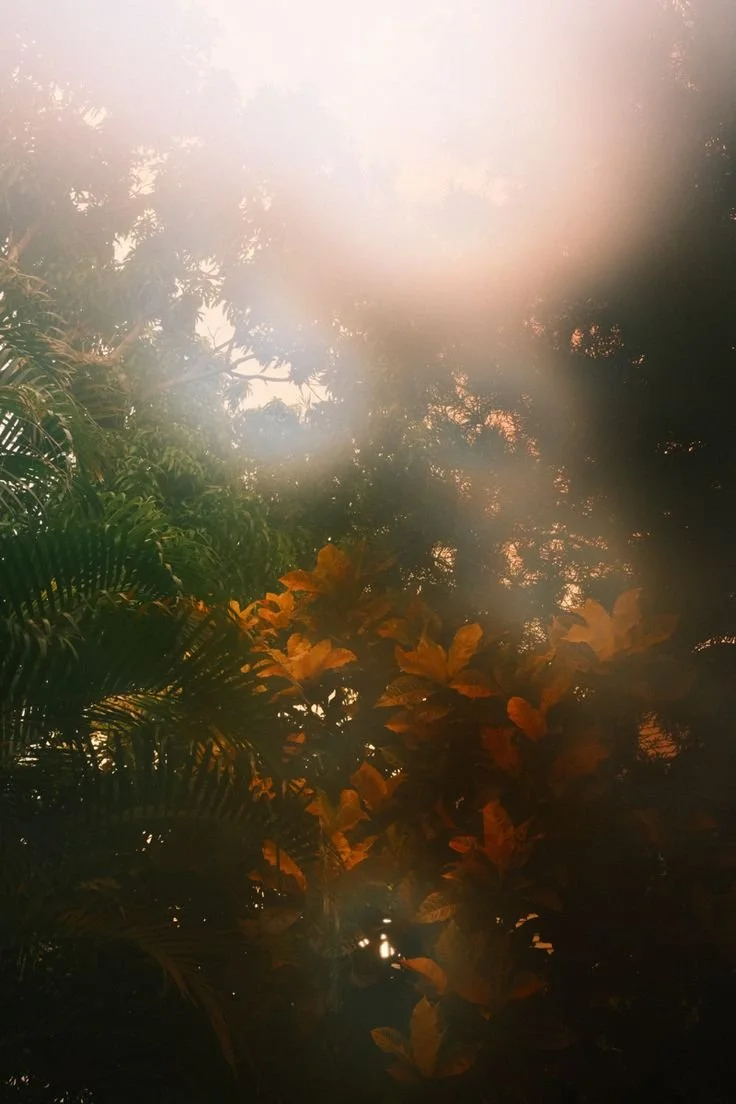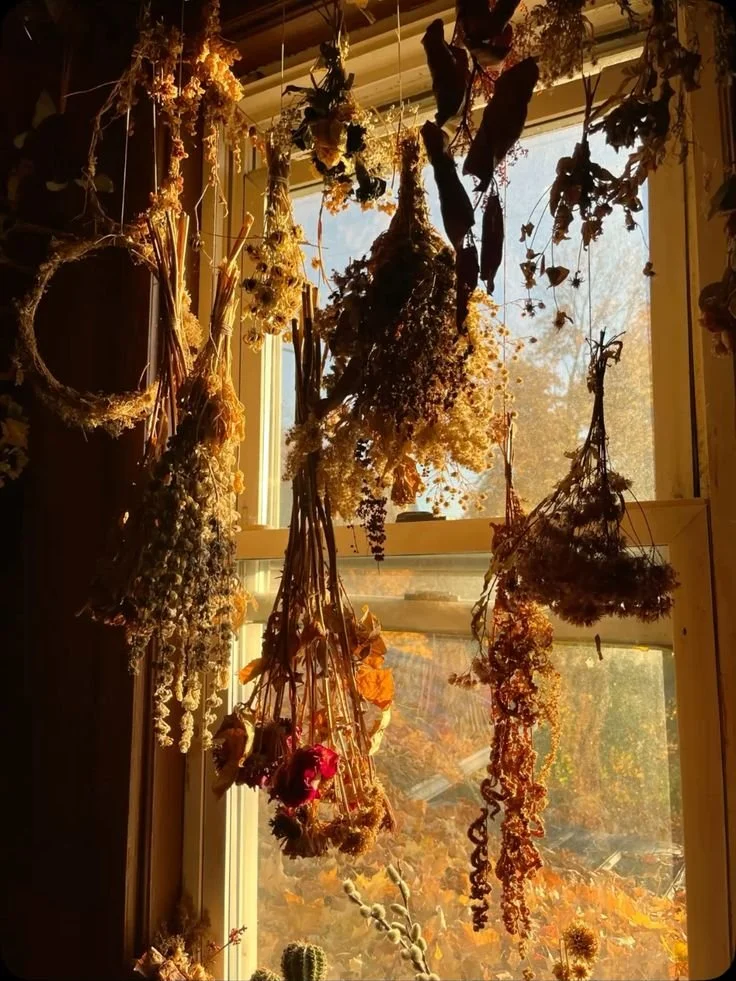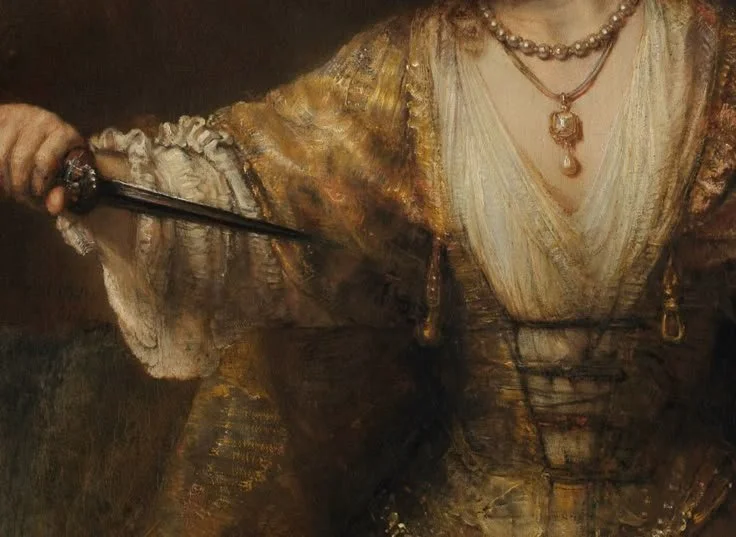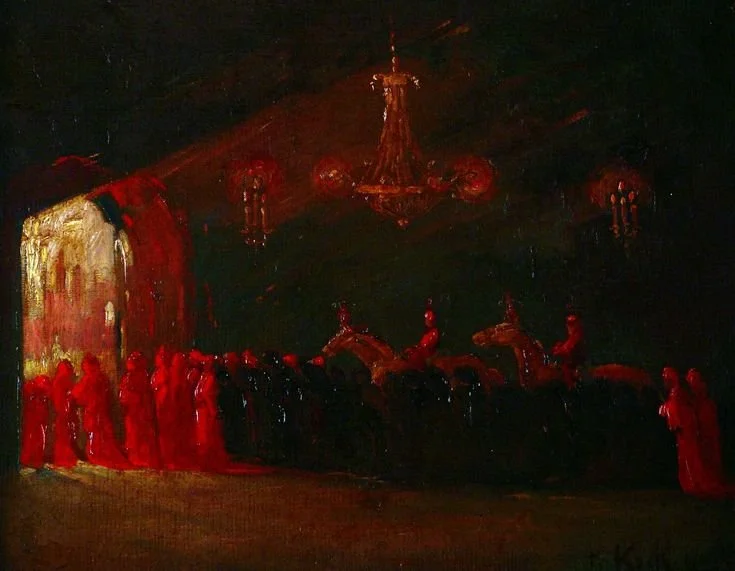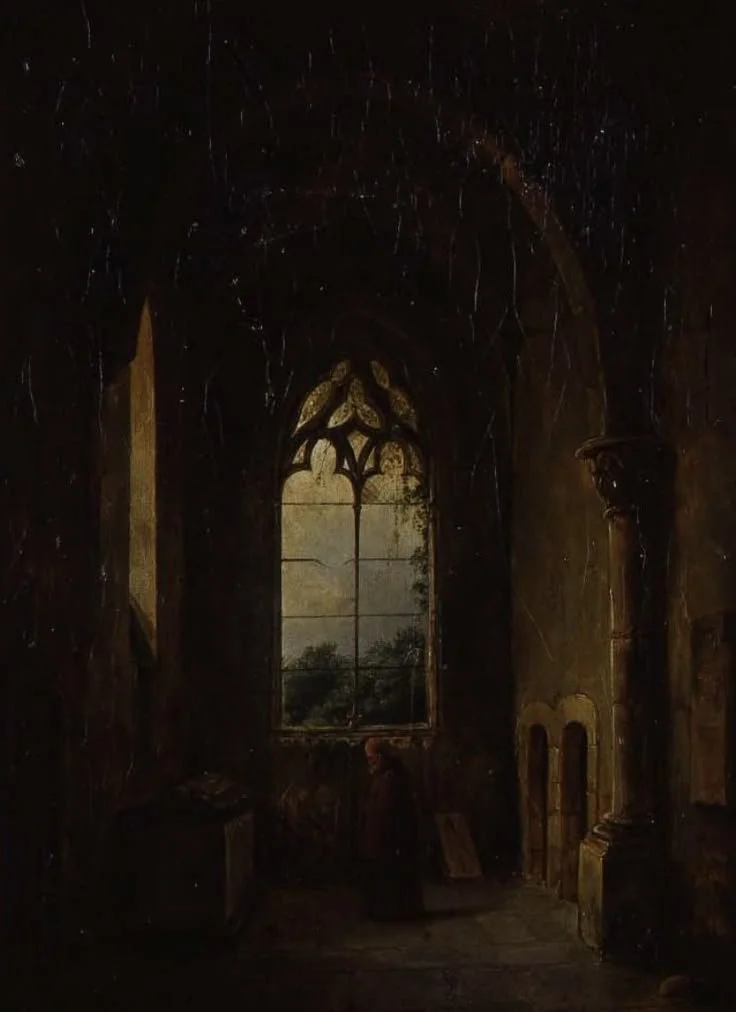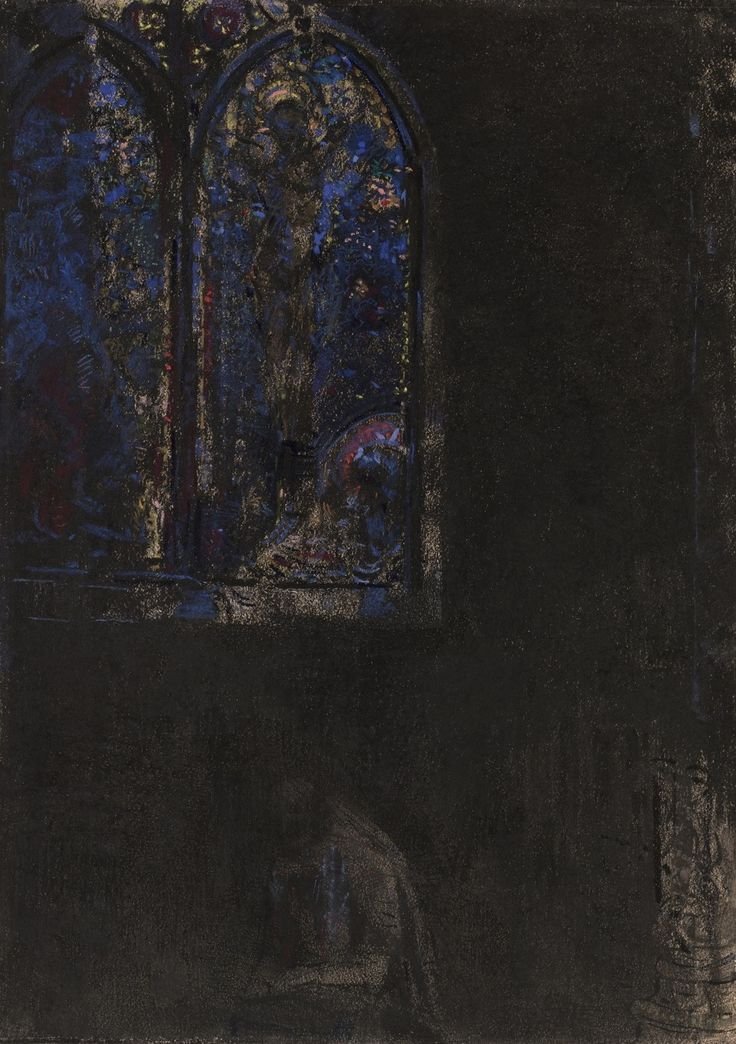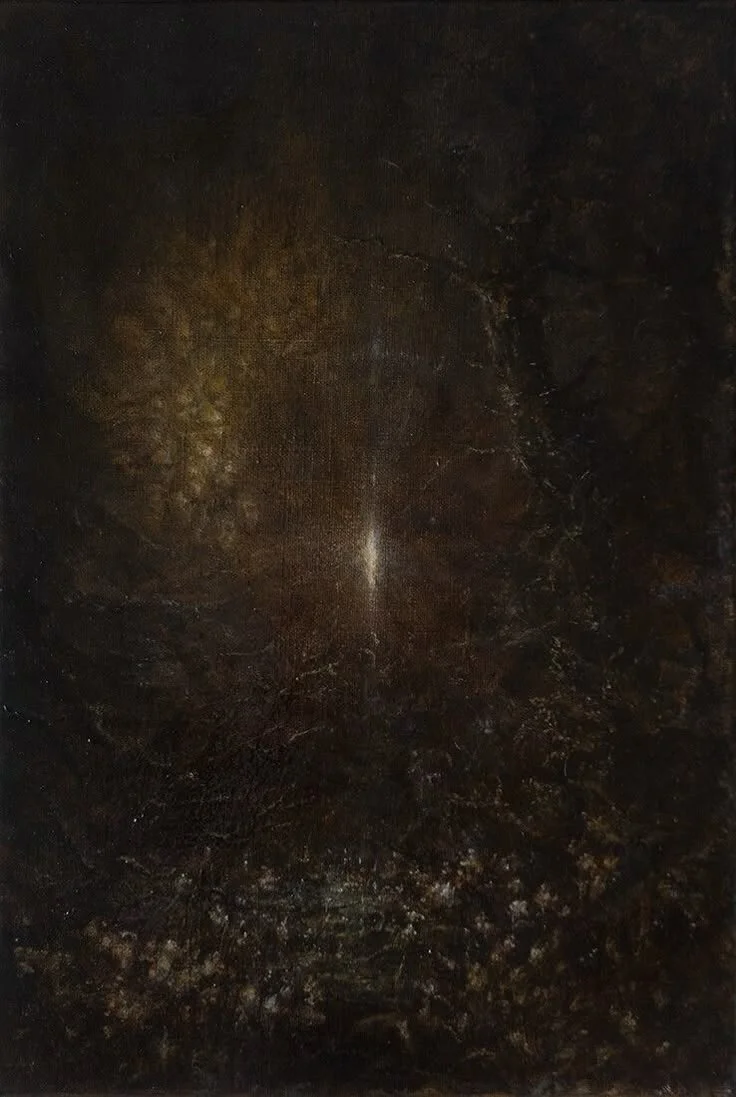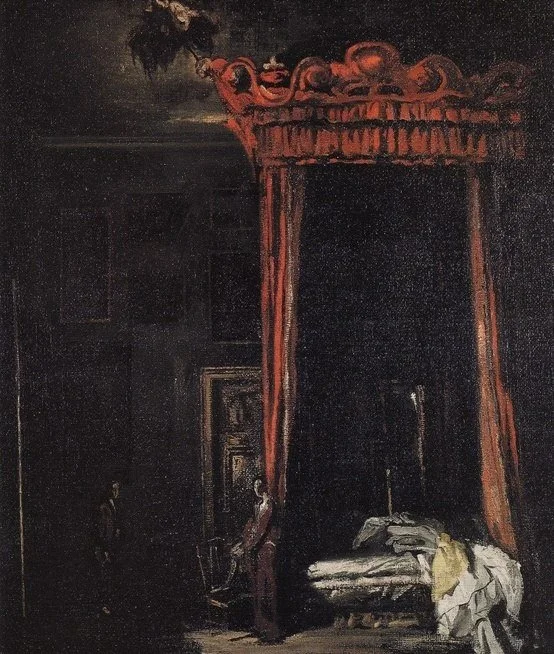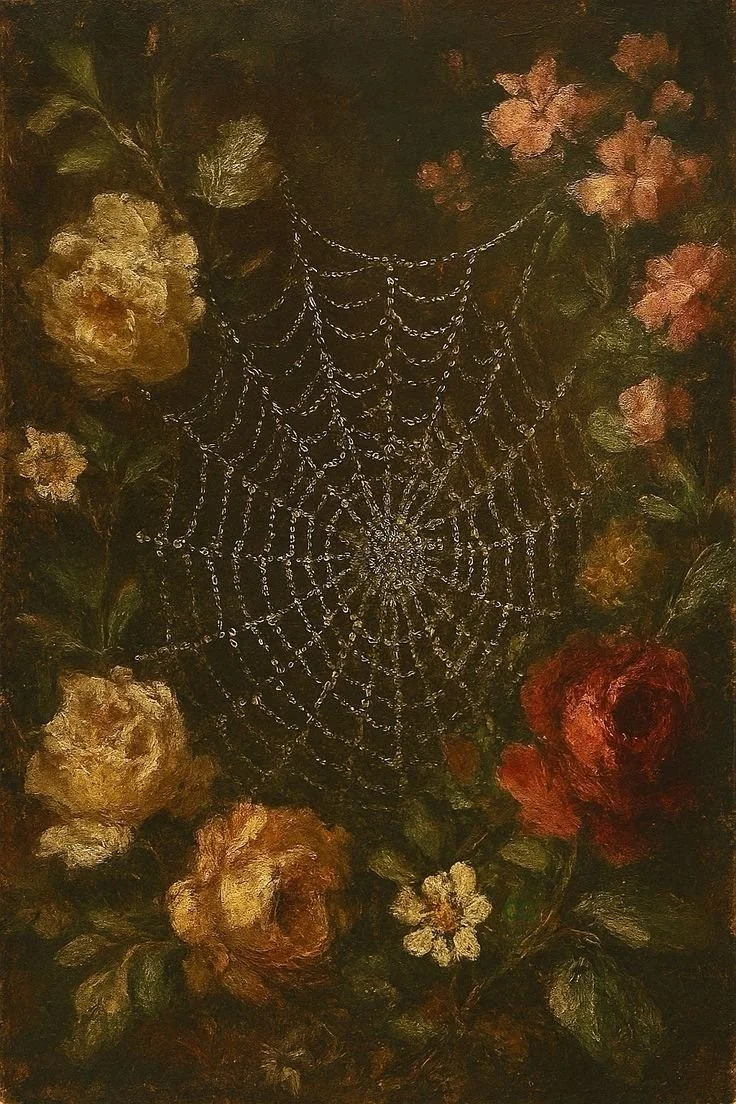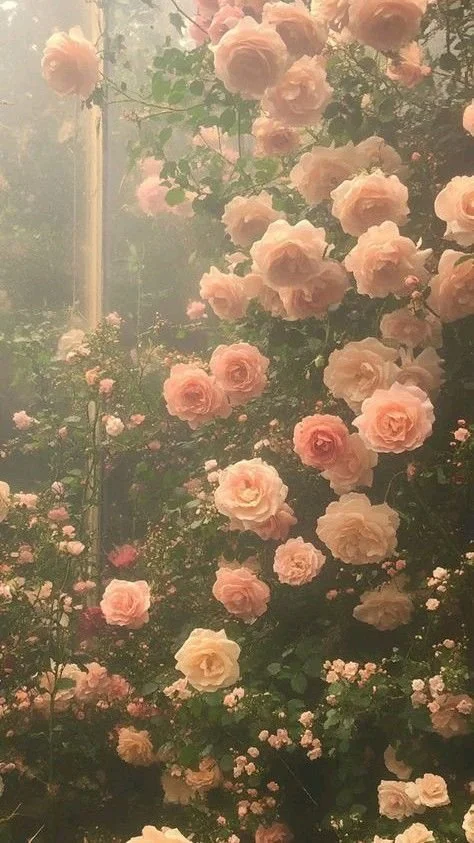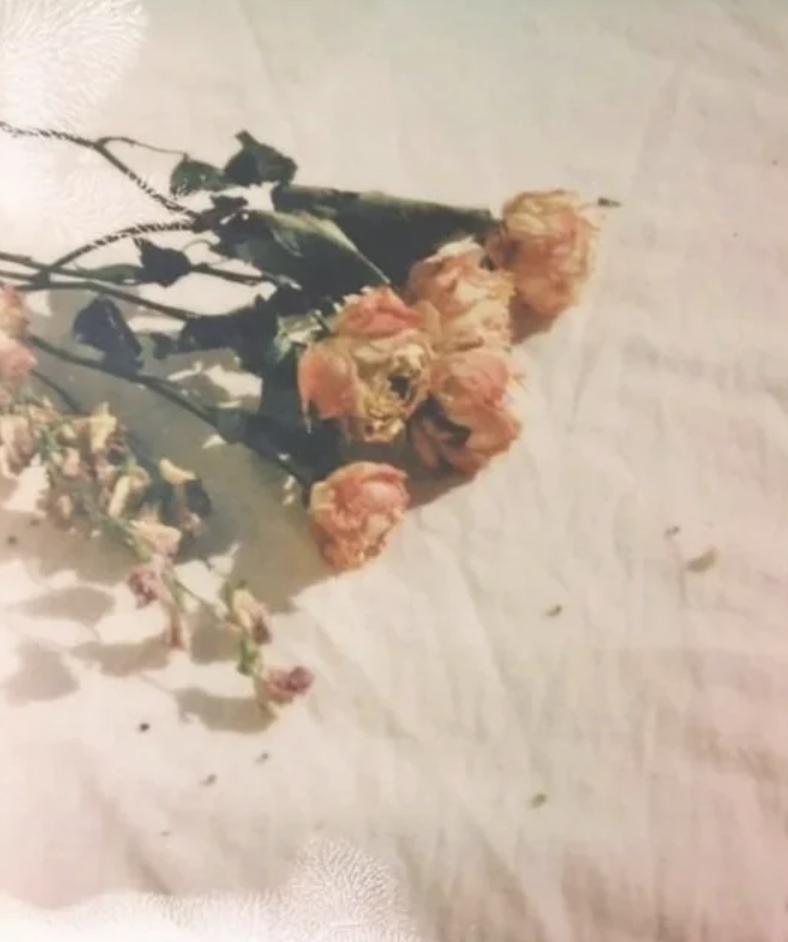BY MONIQUE QUINTANA
I didn’t belong in the neighborhood I grew up in. Every Halloween, I was a different kind of dress-up, a witch with half-moons and stars stitched on my torso and a ballerina with pale pink tulle at my hips. I lived on the north side of my town, in a dark brick house that my grandfather built in 1980, three years before I was born. In October, lights nailed in tree lights illuminated sidewalk paths. I have always been enamored with the very point in autumn, when the time falls back and the nights get longer. Those longer nights have always felt safe for me, but trick-or-treating always made my stomach go. There was one other brown family in the neighborhood, but sometimes our white neighbors asked my brother and I were we came from, as if they didn’t know that we lived there.
Each of those houses made me hurt because they were so beautiful. There was a house with a flat roof and square metal fountains that burned brightly. Sometimes the blonde wife and her husband would go out for a costume party and leave a woven basket of candy outside the door, the tiny shiny rocks of their walkway beneath our feet like one million eyes.
My brother, who dressed as death, painted his face with skull bones and precision and always walked at least three steps ahead of me. I knew our grandfather would rummage through our candy when we got home, not to check for razor blades or for poison, like the fathers in afterschool specials, but to find the green and white pinwheel candies that he liked best of all. Our bags would overturn like piñatas on our birthdays, and those candies turned into jewels on the cold tile of my grandmother’s kitchen. One of the brown families gave my brother and I thick bars of chocolate in silver wrap that we had never seen before. It was Swedish chocolate, and I saw we two on a snow-capped mountain fighting wolves beside a frozen lake and the ice green hum of trees. We didn’t belong there in the snow.
But for the time being, we had autumn. It never lasts long in our town, but the candy was good those nights. The most ornate one was yellow and oval shaped and when you held it to the lamplight you could see the cameo print of sugar, a woman’s face in a sideways glance. I knew I would never grown up to be that woman— we didn’t belong in that neighborhood, but our stomachs flew with the dull ache, waiting for the fog that would cold over our city, we two waiting for the darker half.
Monique Quintana is a Xicana writer and the author of the novella, Cenote City (Clash Books, 2019). She is an Associate Editor at Luna Luna Magazine and Fiction Editor at Five 2 One Magazine. She has received fellowships from The Community of Writers at Squaw Valley, The Sundress Academy of the Arts,and Amplify. She has also been nominated for Best of the Net and Best Micofiction 2020. Her work has appeared in Queen Mob’s Tea House, Winter Tangerine, Grimoire, Dream Pop, Bordersenses, and Acentos Review, among others. You can find her at [www.moniquequintana.com]

